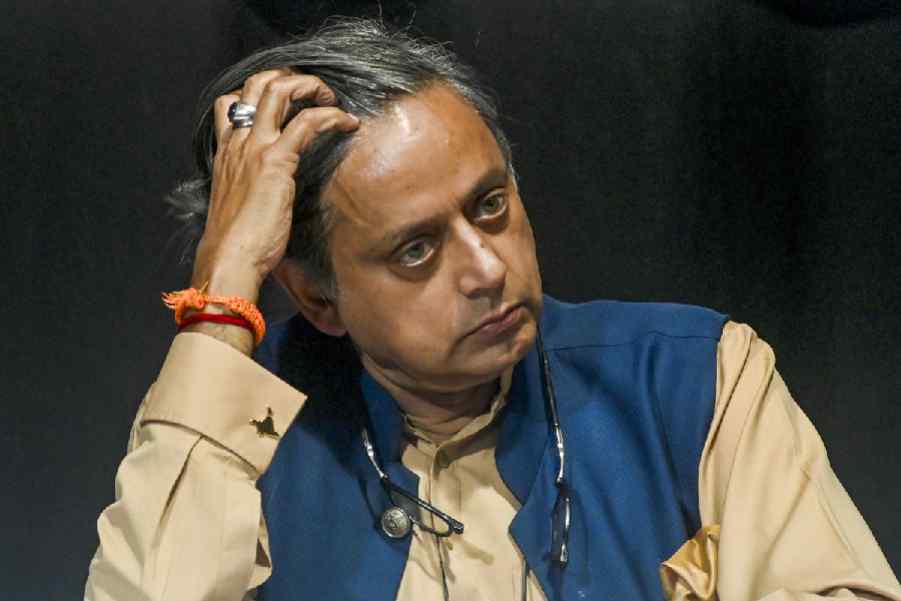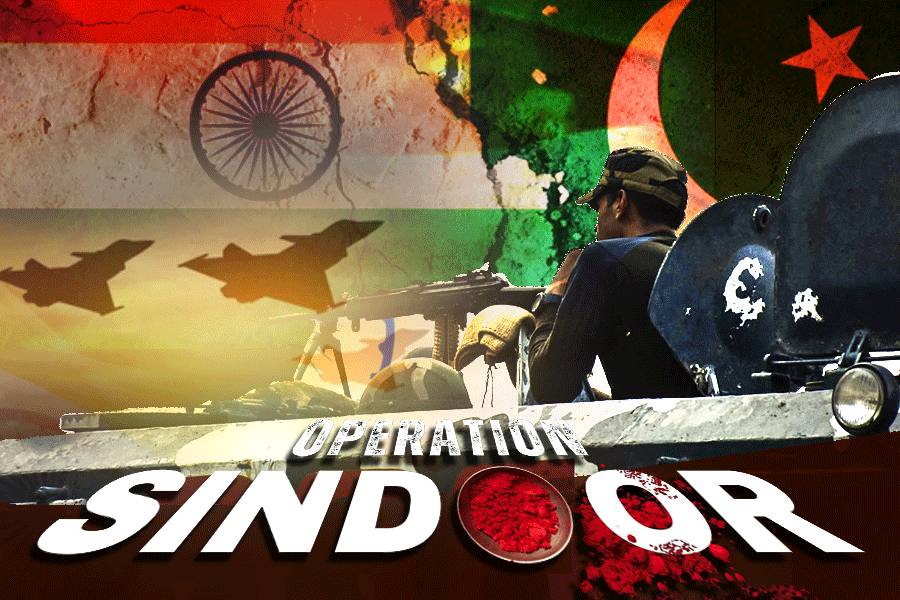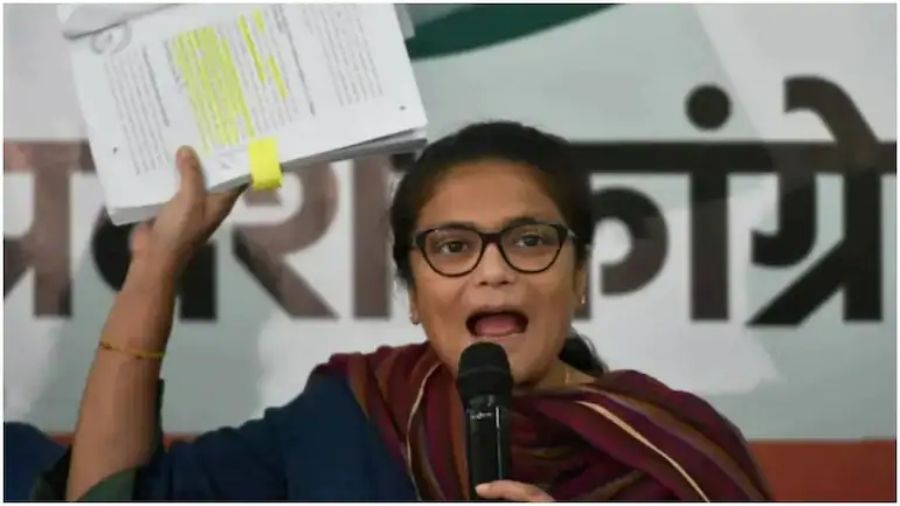
Of all the different mutton curries India has on offer, Rajasthani laal maas is one of my favourites. The first time I tasted it, it blew off the top of my skull, but I keep going back to the dish for the crazy pain/pleasure binary it provides. The first laal maas recipe I transcribed was, I now understand, pretty classic: the red colour came from three layers of different chillies, 'normal' Kashmiri dried red chillies in the initial baghaar, then the addition of deggi mirch, the red chilli powder once you'd added the meat and browned it, and, finally, the addition of a thick paste of Mathania chillies a few minutes before the end of the cooking process; the final act in the cooking is to take a burning coal in a steel katori, pour over it a mixture of ghee, garlic and black pepper, place this on top of the meat and cover it for a bit. This last genius addition gives the meat and gravy the smoky flavour that defines the dish along with the weave of chillies, even as it seems to temper the fire of the mirchi with a competing kind of heat.
There are variations of this, recipes that trip over into that other, much more rough and ready family of recipes that go under the name of ' junglee', as in junglee maas, junglee murgh and so on, which involve painting with a far more limited palate of just garlic and the dried red chillies (laal maas generally involves the usual suspects of onions, ginger-garlic paste and whole garam masala). Also, like butter chicken or kaali daal, laal maas is a moveable feast, or at least a shifting brand, where people feel they can produce all sorts of mutton curry under the well-known moniker. Possibly the worst laal maas I had was recently, in a newly opened private club in Dehradun. The meat that came was dark brown rather than reddish, and the first bite conveyed that my mouth was about to go through some unrewarding torture. There were chillies in the dish alright, but not much else, and those chillies had been burnt in the fires of a culinary Dantean hell to shroud the pulped meat in an all-round punishment, of the spirit of the departed goat, of the other token ingredients and of myself, the unsuspecting albeit somewhat greedy customer.
The famous late food critic, A.A. Gill, is said to have slammed down his knife and fork when confronted with inauthentic and bad Italian food in a London restaurant, taken a cab to the airport and flown to Rome to satisfy his lust for that particular preparation. Being of more limited means, it took me over a month before I could get to Rajasthan to taste a proper laal maas. In retrospect this was probably a good thing, since I was unable to bear the presence of any chillies in my vicinity for a long while after that Doon disaster. The laal maas I was served for lunch in a resort hotel known for its food was superb, as were the accompanying winter-time rotis of different local flour. I wolfed it down with satisfaction but at the end something was still missing, something still fell short of that ur-laal maas I'd first had in 2011.
I went over the recipe with the chef and figured out what it was. First of all, this recipe used tomato paste, which for some puritans would be a big no-no, adding as it did an alien tang to the classic taste architecture. But even more telling was the absence of the Mathania chillies - the chef had just used normal dried red chillies for the baghaar and the paste. Why no Mathania chillies, I asked. Well, the supply was erratic, as was the quality when the supply did come. Ah, I see. A couple of days and a hundred kilometres later I found myself at a cooking demonstration at an even more upmarket tourist lodge where the chefs were showing us how to make, no prizes for guessing, laal maas. This dish also tasted nice only, but again it fell way short of the what I think of as the original. Again there were no Mathania chillies, same reason, and this time no tomato paste but dahi was added towards the end. Why yoghurt, I asked. Well, it tempers the chilli hit for our foreign guests. Ah, I saw.
If the Dehradun firebomb erred in one direction, this last laal maas was faulty in the opposite direction, in spite of its generous garnish of julienned ginger far too well-behaved, with its (non-Mathania) mirchi too muted. The chefs were sharply intelligent, however, and managed to make up for the disappointing mutton with a number of other offerings. There was great yellow daal, all sorts of sabzis fresh from their own organic kitchen garden, again local rotis including the monarch of the season, the bajre ki roti, and that evening that other favourite of reprobate royalty - batair - quail, in a variety of guises. A day later the kitchen team shifted the game successfully to Western food and produced a beautiful belly of pork, both crisp and buttery, with an accompanying dance troupe of chick peas and greens. All good and gracious, and most of us freebie junketeers departed quite happy, me zipping the proverbial lip about my laal maas litost.
At some point in this brief exploration of the Rajasthan tourism industry I reminded myself that this was the same Alwar district where people were getting killed for supposedly transporting cows, or for crossing religious love borders, with 14-year-olds shooting snuff movies of daylight murder. This was the same noble land with its hoary history where today members of the legislative assembly could openly threaten death to imaginary beef-transgressors. At one of the hotels I visited I risked spoiling the convivial luxury mood by asking the some local worthies what they thought of the recent butchery in Rajasthan. "Oh, some of these killings are regrettable but you know these people have only themselves to blame." How so? "You know there is high level of criminality among them. You don't feel safe any more. They are constantly doing robberies and hijacking cars and what not." But these people who were killed were not criminals, were they? "Maybe not, but it will send a message to all of them, just like in Gujarat."
Gujarat. Unlike other friends of the libtard persuasion, I have refused to get too excited about the Gujarat elections. The internet connection in my luxury Raj-ranch is really good and I can follow the results as they come in. There is no proper defeat for the BJP-RSS but things are better than I'd feared. The beatings inflicted on the Dalit youths last year for transporting cows have produced a serious recoil at the voting booths. By the time I return to Delhi, a sycophantic sub-Doorknob TV journo from Repugnant TV is interviewing a feisty and cheerful Jignesh Mewani. - How can you be so personal and disrespectful about our prime minister? - I can be. About Mr Modi I can be very personal and disrespectful, he deserves every word I've said. They were also personal when they said I took money from the ISI and from jihadis. - But sir, that is a political point, you are just being personal. - A false accusation like that is not personal? I don't agree, I can call him a boring old has-been if I want. If I say he should go melt his bones in the Himalayas it just means he should retire.
Melting bones. Red meat. All these phrases turn on themselves and produce different meanings. No one from the group ruling over us is going to retire gracefully any time soon. They are not going to give up their project of melting India's constitutional bones that easily, and more human flesh and spilled blood will not give them any pause. But we can take some heart from the fact 2017 has been a tiny bit worse for them than 2016, especially with the few stings in the tail of this December. In the meantime, as people continue to seditiously celebrate Christmas all over India, I scan the online menus of local restaurants, looking for somewhere to find a decent laal maas to celebrate the small victories in Gujarat.











